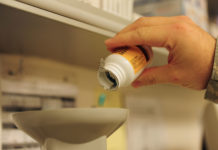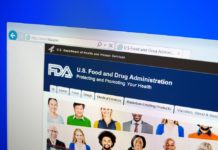sponsoring “public awareness campaigns” urging their communities to address their chronic pain.
Between 2011 and 2013, countries amounting to 15 percent of the global population consumed up to 95 percent of all opioid-based painkillers. North America, Western and Central Europe alone consumed 94.1 percent.
Here in the U.S., government agencies continue to address the nation’s opioid epidemic in hopes to better control an issue that was propagated by misinformation and irresponsible prescribing.
“The problem is that the rest of the world is following in our footsteps instead of learning our lesson,” Kolodny said. “The lesson from the United States — that should be learned and isn’t being learned — is that, as opioid prescribing went up, it led to an epidemic of addiction and overdose deaths.”
In 2015 alone, more than 50,000 Americans died from a drug overdose, the most ever in U.S. history. OxyContin and Vicodin claimed 17,536 lives, the largest portion of any other drug.
“We don’t have an opioid abuse problem, we have an opioid addiction epidemic,” he said. “Opioids are still being massively overprescribed.”
How Purdue lost momentum and the Surgeon General’s warning to the world
Last year, a federal appeals court ruled that four of Purdue Pharma’s patents related to OxyContin were no longer valid, which allowed other companies like Teva Pharmaceuticals Industries Ltd. to potentially introduce their versions of the highly addictive painkiller.
The ruling upheld previous orders by a lower court judge, which favored generic drugmakers.
“Despite the court’s ruling, Purdue has several other patents protecting OxyContin, and we do not anticipate generic manufacturers selling the product in the near future,” Purdue Pharma said in a statement.
In 2010, Purdue Pharma also reformulated the drug that made their company lucrative and made it more challenging to abuse.
As a result of the reformulation, the drug was made more difficult to crush, and OxyContin prescriptions dropped in 2011, Kolodny said. “Many of the people who were using it were snorting it or injecting it, and they wanted something else when the drug was made harder to snort and inject.”
“Doctors weren’t prescribing it less frequently because they were becoming more cautious, there was less demand for that drug [because of the reformulation], and so other medicines were prescribed instead,” he added.
U.S. Surgeon General Dr. Vivek H. Murthy advised overseas health officials to “be very careful” and “very cautious” when prescribing or marketing opioid-based medications, with the hope that other countries will learn from the U.S.’s missteps.















